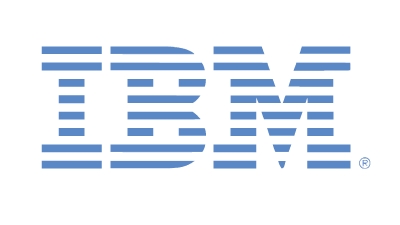Five Steps For A Successful Managed Services Cloud Transition
Submitted by Sarah Kuranda on

There's huge potential around the cloud for managed service providers, but many of them don't make it enough of an organizational priority. That's why Jim Lippie left independenceIT in September to start his own venture to help MSPs make the jump.
Lippie's firm, Clarity Channel Advisors, will have a sole focus of helping channel companies make a successful move to the cloud, he said. In his new role, Lippie will use his experience as CEO of a managed services provider and as president of IndependenceIT, a cloud desktop-as-a-service platform company.
"I'm a big believer in the channel and how MSPs and some good VARs can provide great service to businesses. I still believe that is the best way for SMBs to go. Certainly the market is changing quite a bit. I want to make sure the channel knows it, and provide them with the tools to be successful," Lippie said.
Here are the five steps that Lippie said an MSP needs to make a successful cloud services transition:
Step 1: Find A Solid Cloud Desktop Software
The first step in making a successful managed services transition is choosing a good cloud desktop software or platform option, Lippie said. When choosing a product, he said that it is important to pick one that can be white labelled. By using a cloud desktop software or platform, solution providers get the to control the applications and data for clients, which helps keep them around for the long haul, he said.
Step 2: Build A Bundle
The next step to build a sticker customer is to develop a complete bundle of all-inclusive services to bring to clients on a per user, per month basis. For example, Lippie suggested a cloud desktop, with backend resources and servers, hosted Exchange and unlimited help desk services. "That’s a bundle that I see partners selling with success," Lippie said. "Develop the type of bundle that you think your clients will want."
NEXT: Priorities And Opportunities






